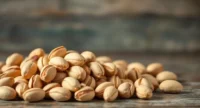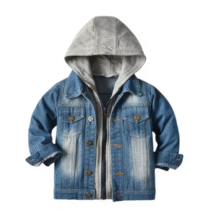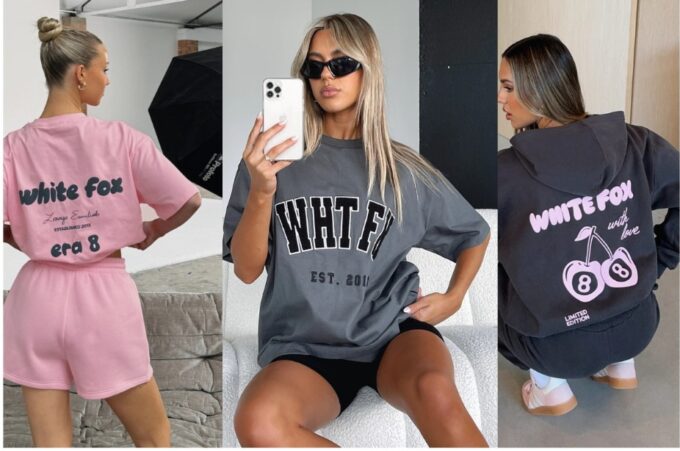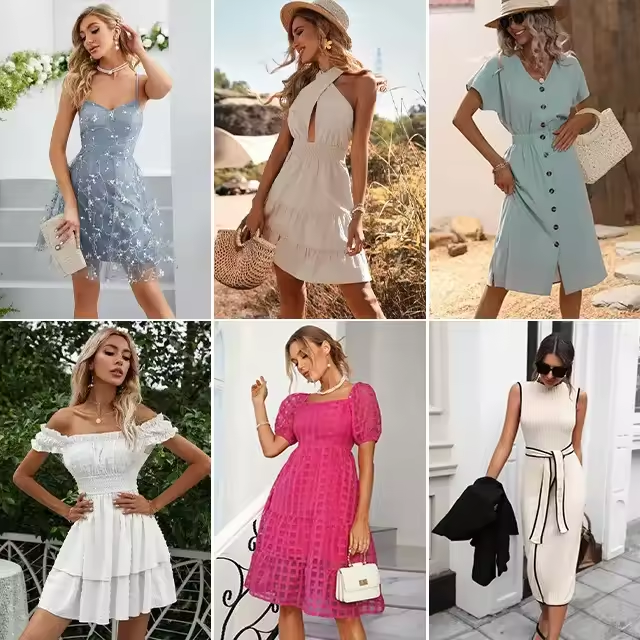Crochet has stood the test of time as one of the most versatile and rewarding crafts. With just a hook and yarn, we can create intricate designs, durable fabrics, and decorative pieces that last for generations. Whether you are a complete beginner or an experienced crafter, mastering crochet opens endless possibilities for creativity. This comprehensive guide explores the history, essential tools, step-by-step techniques, popular patterns, and advanced ideas to help you elevate your crochet journey.
The Origins and Evolution
Crochet, derived from the French word croche meaning “hook,” has a fascinating history. Early versions of the craft appeared in the 16th century, though some historians suggest its roots trace back to much earlier textile traditions. Over the centuries, cro chet spread across Europe and beyond, evolving from a simple method of creating lace into a universal craft used for clothing, décor, and art.
Victorian society embraced cro chet as a symbol of refinement, often creating delicate lace collars, cuffs, and trims. In modern times, cro chet has taken on new life with colorful yarns, bold designs, and practical applications, making it both timeless and contemporary.
Essential Crochet Tools and Materials
To achieve the best results in cro chet, we must select the right tools and yarn. Here are the essentials:
- Crochet Hooks: Available in different materials such as aluminum, wood, plastic, and steel. Sizes range from fine steel hooks for lace to larger hooks for chunky yarn projects.
- Yarn: Comes in various weights, fibers, and textures. Common fibers include cotton for durability, wool for warmth, and acrylic for affordability.
- Stitch Markers: Essential for keeping track of stitches in complex patterns.
- Scissors: A sharp pair ensures clean cuts for neat finishing.
- Tapestry Needle: Useful for weaving in loose ends and joining pieces together.
Understanding Cro chet Yarn Types and Weights
Selecting the right yarn weight and fiber is crucial for achieving the desired outcome. Below are the most commonly used yarn categories:
- Lace Weight: Perfect for delicate shawls, doilies, and fine lacework.
- Fingering Weight: Often used for socks and lightweight garments.
- Sport Weight: Great for baby items and lighter accessories.
- Worsted Weight: The most versatile option, suitable for blankets, scarves, and garments.
- Bulky and Super Bulky: Ideal for quick projects like chunky scarves and cozy blankets.
Mastering Basic Crochet Stitches
Every cro chet project begins with foundational stitches. Understanding these basics gives us the building blocks to create more complex designs.
- Chain Stitch (ch): The foundation of most cro chet projects, creating the base row.
- Slip Stitch (sl st): Used to join stitches or create a smooth edge.
- Single Cro chet (sc): A dense and tight stitch ideal for sturdy fabrics.
- Half Double Cro chet (hdc): Offers a balance between height and texture.
- Double Cro chet (dc): Taller and looser, perfect for blankets and garments.
- Treble Cro chet (tr): A tall, airy stitch used for lacy designs.
By mastering these stitches, we can combine them into endless patterns and textures.
Crochet Patterns for Beginners
Beginners should start with simple yet practical projects to build confidence. Some excellent starter projects include:
- Granny Squares: Iconic motifs that can be stitched together into blankets, bags, and garments.
- Scarves: Straightforward projects that allow practice of basic stitches.
- Dishcloths: Functional items that provide a chance to test different yarns and stitch patterns.
- Headbands: Small projects that work up quickly, perfect for practicing tension control.
Intermediate Crochet Projects
Once the basics are mastered, we can explore intermediate patterns that require combining stitches and shaping techniques.
- Amigurumi: The Japanese art of cro cheting stuffed toys, using single cro chet in continuous rounds.
- Hats and Beanies: Require increasing and decreasing stitches to form rounded shapes.
- Cardigans and Sweaters: Offer the challenge of shaping and joining panels.
- Market Bags: Functional yet stylish, often made with mesh-like stitches.
Advanced Crochet Techniques
For seasoned crafters, advanced techniques unlock endless creative potential:
- Tunisian Crochet: A hybrid technique combining cro chet and knitting for unique textures.
- Overlay Cro chet: Creates intricate, layered designs with multiple colors.
- Filet Cro chet: Uses open and filled mesh spaces to form patterns or images.
- Cro chet Cables: Mimicking the look of knitted cables with twisting stitch patterns.
- Freeform Cro chet: An artistic, improvisational method that allows us to create one-of-a-kind pieces.
Colorwork in Crochet
Color adds vibrancy and personality to cro chet. Several methods help us achieve striking effects:
- Striped Patterns: Alternating yarns row by row.
- Tapestry Cro chet: Carrying multiple strands and working them into stitches to create designs.
- Mosaic Cro chet: Achieving bold, geometric patterns with slipped stitches and color changes.
- Ombre Effects: Using gradient yarns to create smooth color transitions.
Crochet for Home and Lifestyle
Cro chet extends far beyond clothing. We can enhance our living spaces with handmade creations that bring warmth and uniqueness:
- Blankets and Throws: Essential home décor pieces that double as cozy layers.
- Cushion Covers: Add texture and charm to living rooms and bedrooms.
- Table Runners and Placemats: Perfect for special occasions or everyday use.
- Wall Hangings: Artistic statement pieces with a modern boho aesthetic.
- Plant Hangers: Combining style and practicality for home gardening.
Tips for Successful Cro cheting
To ensure consistent, professional-quality results, we should adopt these practices:
- Maintain Consistent Tension: Crucial for uniform stitch size.
- Count Stitches Carefully: Prevents mistakes that alter project shape.
- Block Finished Pieces: Enhances drape and sets stitches in place.
- Experiment with Yarn: Trying different fibers and textures sparks creativity.
- Stay Organized: Using project bags and labeling yarn prevents confusion.
The Benefits of Cro chet
Cro chet is more than just a craft—it offers numerous personal and social benefits:
- Stress Relief: Repetitive motions promote relaxation and mindfulness.
- Skill Development: Enhances focus, patience, and problem-solving.
- Sustainable Fashion: Handmade items reduce reliance on mass-produced clothing.
- Community Engagement: Crochet groups foster connection and creativity.
- Gift Giving: Handmade crochet projects carry deep sentimental value.
Inspiration for Modern Cro chet Trends
Contemporary cro chet embraces bold, innovative designs. Popular trends include:
- Crochet Fashion: From runway pieces to streetwear, cro chet garments are making a strong comeback.
- Eco-Friendly Cro chet: Using organic, recycled, or plant-based fibers.
- Minimalist Cro chet: Neutral palettes and simple designs for a modern aesthetic.
- Maximalist Cro chet: Bright colors, oversized stitches, and experimental textures.
Conclusion
Cro chet continues to inspire creators worldwide with its adaptability, beauty, and practicality. From simple granny squares to intricate lacework and modern fashion pieces, cro chet offers endless opportunities for expression. With the right tools, techniques, and creative spirit, we can turn yarn into timeless works of art.














Leave a comment